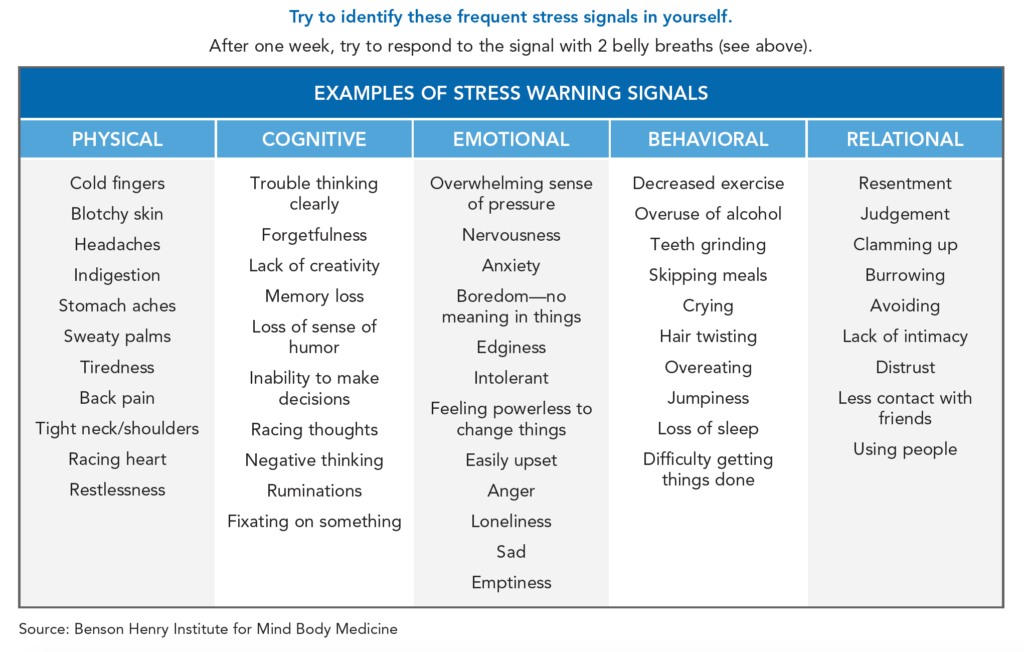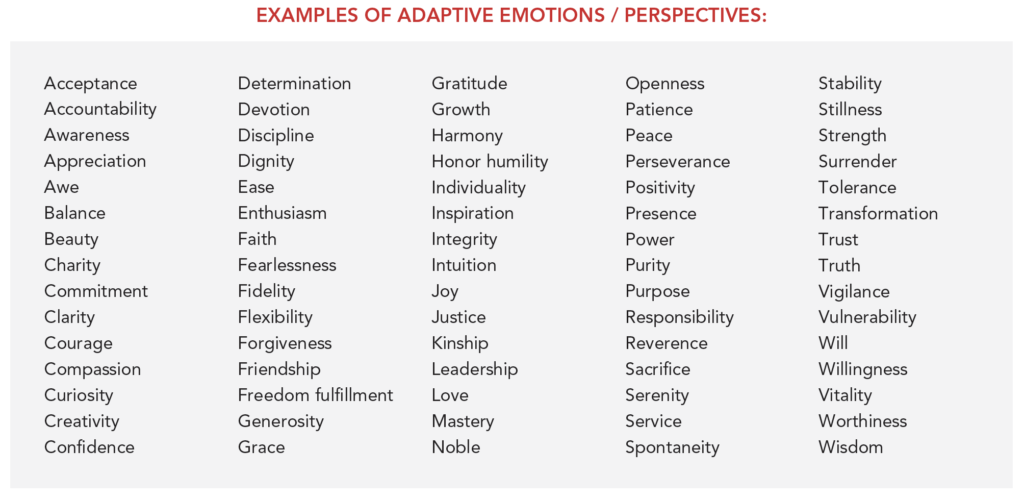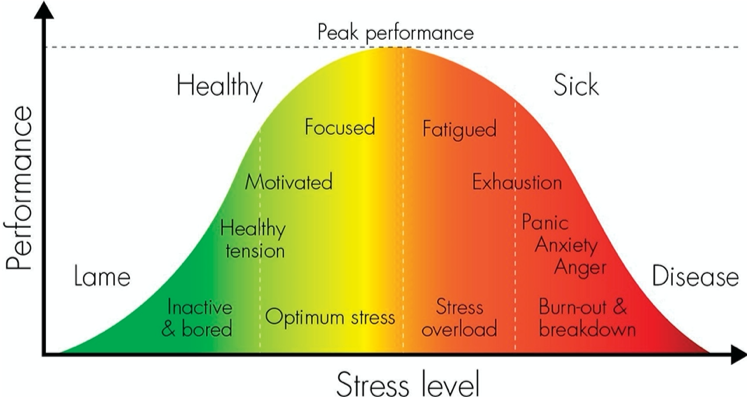Last updated on
7 Steps to Developing a Beneficial Response to Stress

Dr. Marie Gerhard-Herman is a cardiovascular medicine specialist at Brigham and Women’s Hospital (BWH). In addition, she is an Associate Professor of Medicine at Harvard Medical School.
On a daily basis in her clinic at BWH, Dr. Gerhard-Herman sees the effects that stress can have on patients who are recovering from a cardiovascular disease, such as a blood clot. High levels of stress can have a dramatic impact on how a patient heals. Dr. Gerhard-Herman helps her patients recognize the signs of stress and arms them with simple techniques to better manage this stress.
Stress & Healing
Everyone has stress in their lives but there are ways to manage it. The key to developing an effective stress response is changing how you react to stress.
1. The goal should be to be BETTER but not perfect.
Start slow.
2. Recognize what stress is.
Stress is the body’s response to anything. There’s so much stress in our everyday lives that people stop recognizing it. Adrenaline goes up and sex steroids go down with each stress response.
A stress response has been described as a fight (freeze) or flight response: Your body redirects resources by shutting down digestion and selectively constricting blood vessels in your arteries. You may experience rapid breathing, a high heart rate, dry mouth, and/or shakiness.
3. Change your breathing the moment you feel stressed.
Belly breathing is a simple way to improve your stress response. This technique may be new to many and might feel unnatural at first, but it is very beneficial. Breathe in deeply and feel your abdomen expand like a balloon, hold for 4 seconds, then exhale for 4 seconds. Practice this technique 4 times a day, or whenever you feel stress.
The Breathing App (a free smartphone app) is a very helpful tool.
4. Realize that what you do every day counts.
Exercise is essential to wellbeing and begins with walking 20 minutes a day. Drinking plenty of water, eating a well-balanced diet, and getting enough sleep are also critical when it comes to managing stress.
5. Identify negative thoughts.
Thoughts are shaped by underlying expectations and beliefs. They can be positive or negative, helpful or unhelpful. Negative automatic thoughts arise when we feel threatened, often without us even being aware of them.
Negative automatic thoughts are linked to negative moods and feeling, which makes it difficult to distinguish between thoughts as rational (useful) and irrational (ineffective coping and unhelpful behaviors).
Example: You lose your job. Negative automatic thoughts may include, “I will never find another job,” “I’m a loser,” or “my life is ruined.”
These negative thoughts will likely lead to unhelpful behaviors like staying at home or not talking to anyone about the situation, which creates even more negative emotions.
6. Avoid Thought Distortions
Thought distortions may include these types of thinking patterns:
All or nothing: Black-and-white thinking where you perceive events at an extreme. Language reflecting this thinking pattern may include always and never.
Example: You’re in the slowest line at the supermarket and say, “I always pick the slowest line.”
Mental filter: You focus on one negative detail and not the whole situation. This filter can darken your perception of reality.
Example: You’re having dinner with a friend and she recalls an insignificant mistake that you once made, ruining the evening for you.
Mind-reading: Thinking that another person thinks negatively of you without sufficient evidence.
Example: A colleague disagrees with you at a meeting and you think, “he doesn’t think that I know what I’m talking about.”
Fortune-telling: Predicting negative events without enough information. This habit of thinking contributes to anxiety and works against a favorable outcome.
Should statements: Having a rigid idea of how you and others should behave and an exaggerated idea of how bad it is if these expectations are not met.
Personalization: Accepting more than your fair share of responsibility for a problem.
Comparison: Measuring yourself against someone else can be maladaptive and lead to feelings of superiority and inferiority.
7. Recognize that positivity is more beneficial than negativity.
After you recognize negative thoughts and though distortions, the immediate next step is to try to develop a more positive response.
According to Michelle Gielan, a positive psychology researcher, our responses to stress “…can change over time if we focus on them. If you’d like to train your brain to be calmer the next time a stressful event arises, make a list right now of five stressful events from your past that you were successful at solving (for example, maybe you got through the breakup of a relationship or made a tight deadline on a big project), and then look at the list the next time you feel your heart starting to race, to remind yourself of those accomplishments. If you tend to bottle up stress or deny negative events, phone a friend the next time a stressor arises. If you’re distracting yourself instead of creating an action plan, get yourself to choose a “now step,” a small, meaningful action you can take right away that might not solve the whole problem but that will get your brain moving forward.”*
*Gielan M. Harvard Business Review. https://hbr.org/2017/01/you-can-improve-your-default-response-to-stress. Published January 2017. Accessed March 2020.






